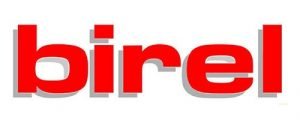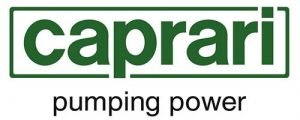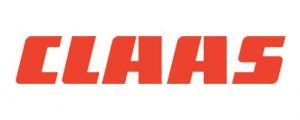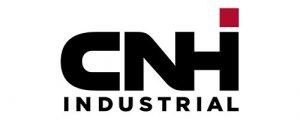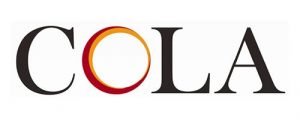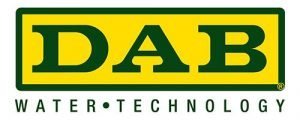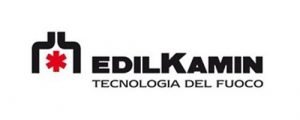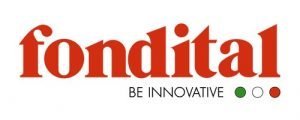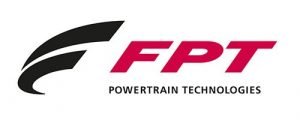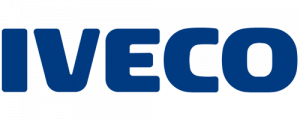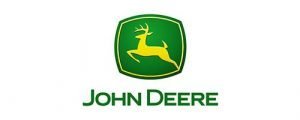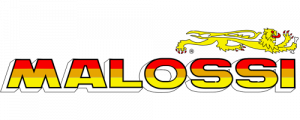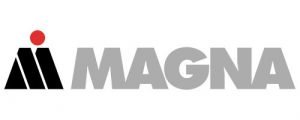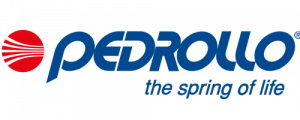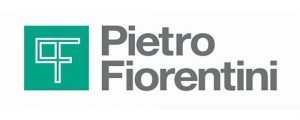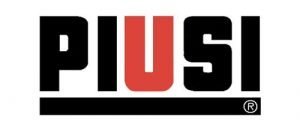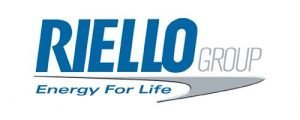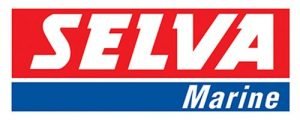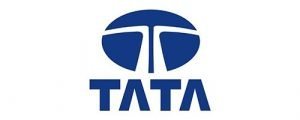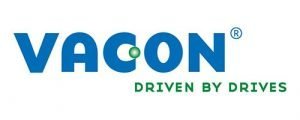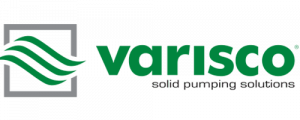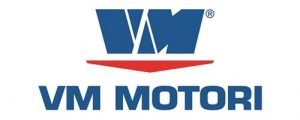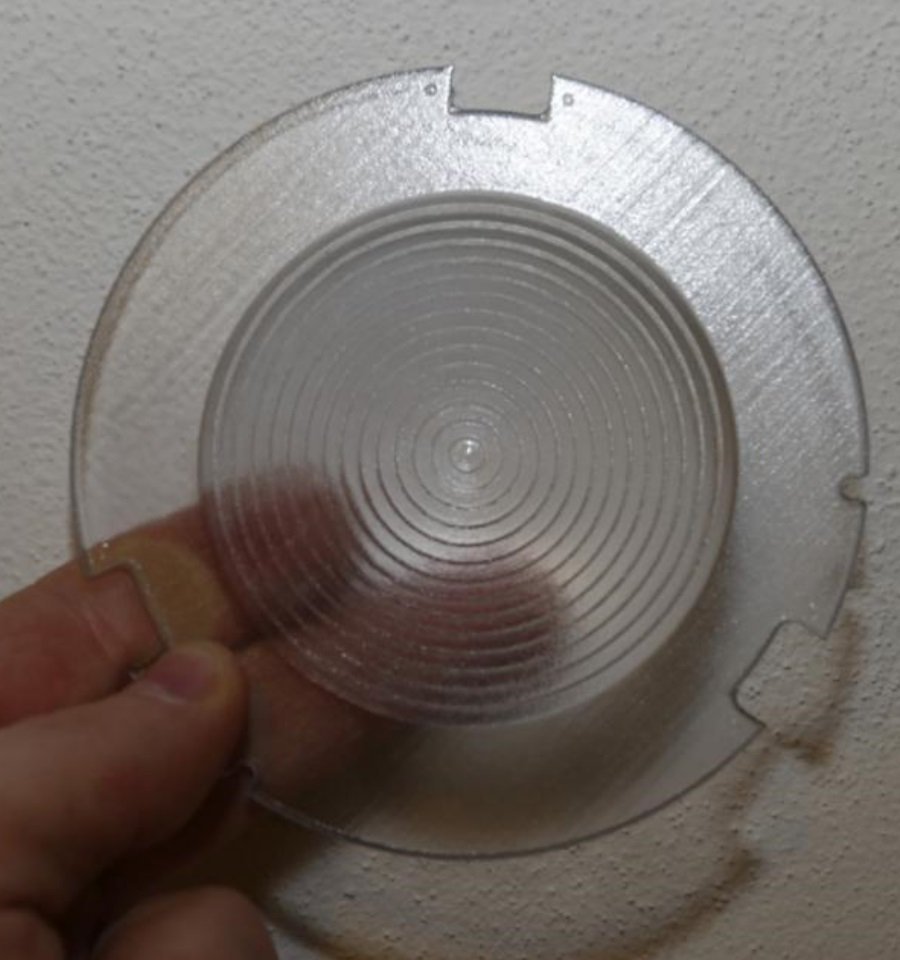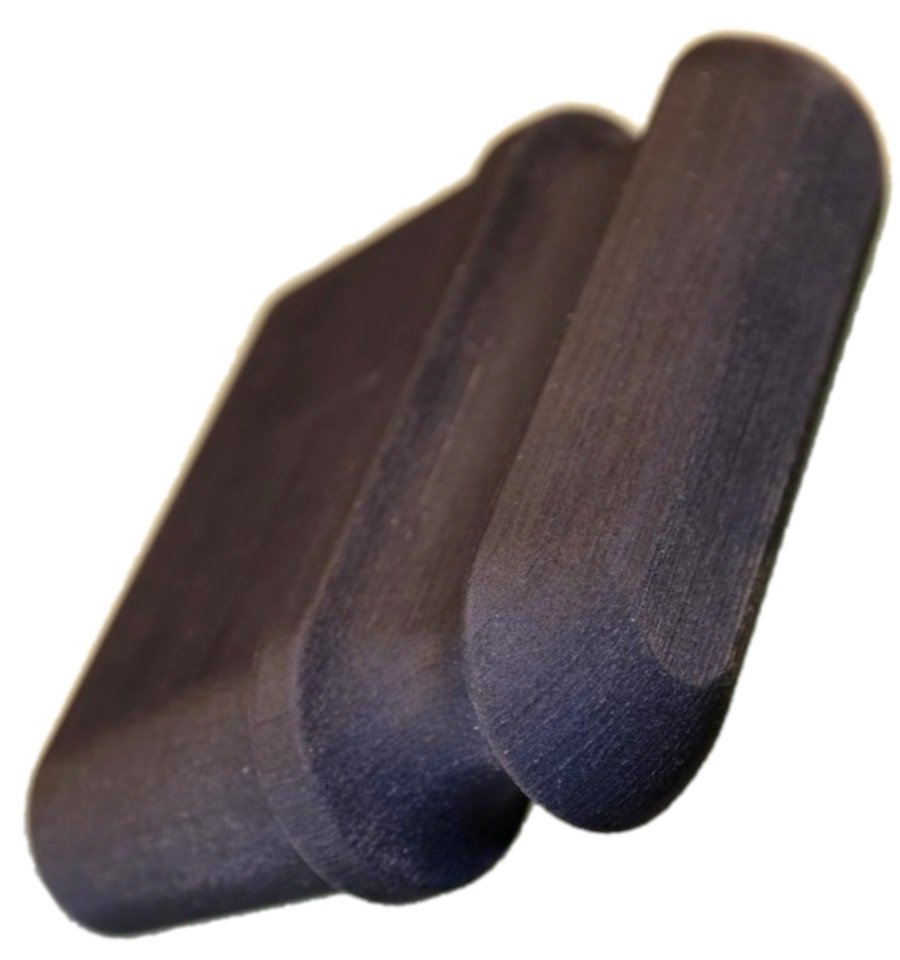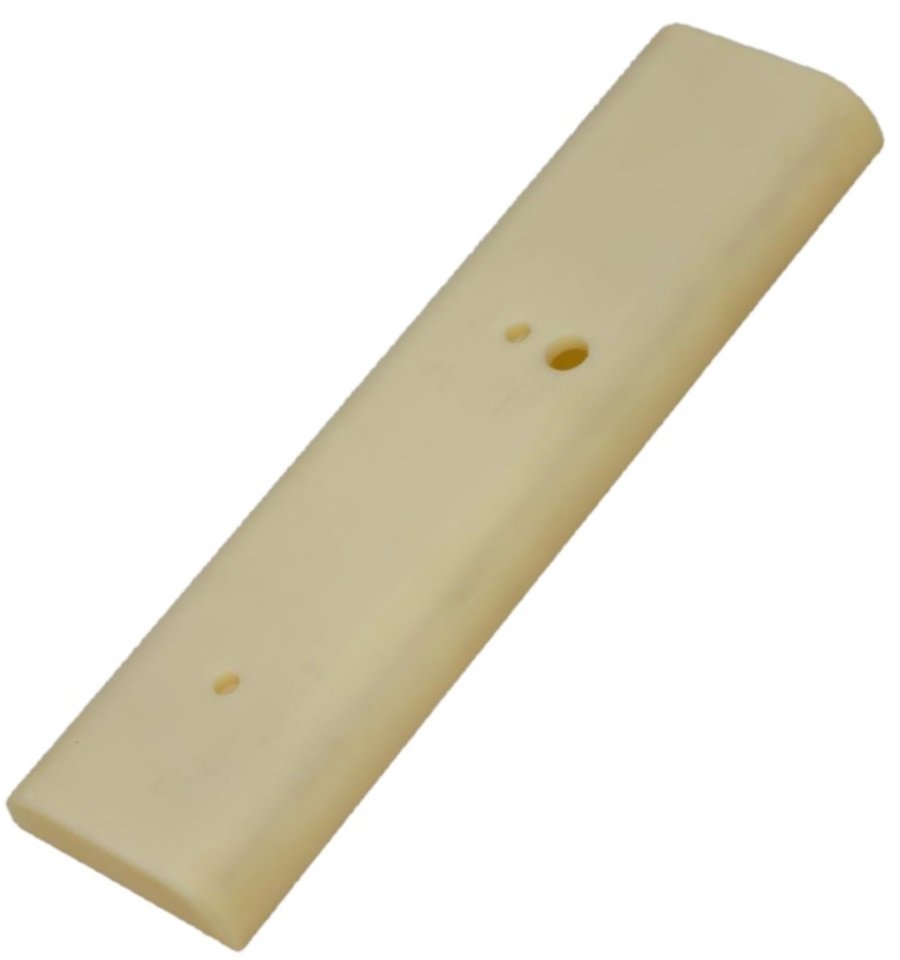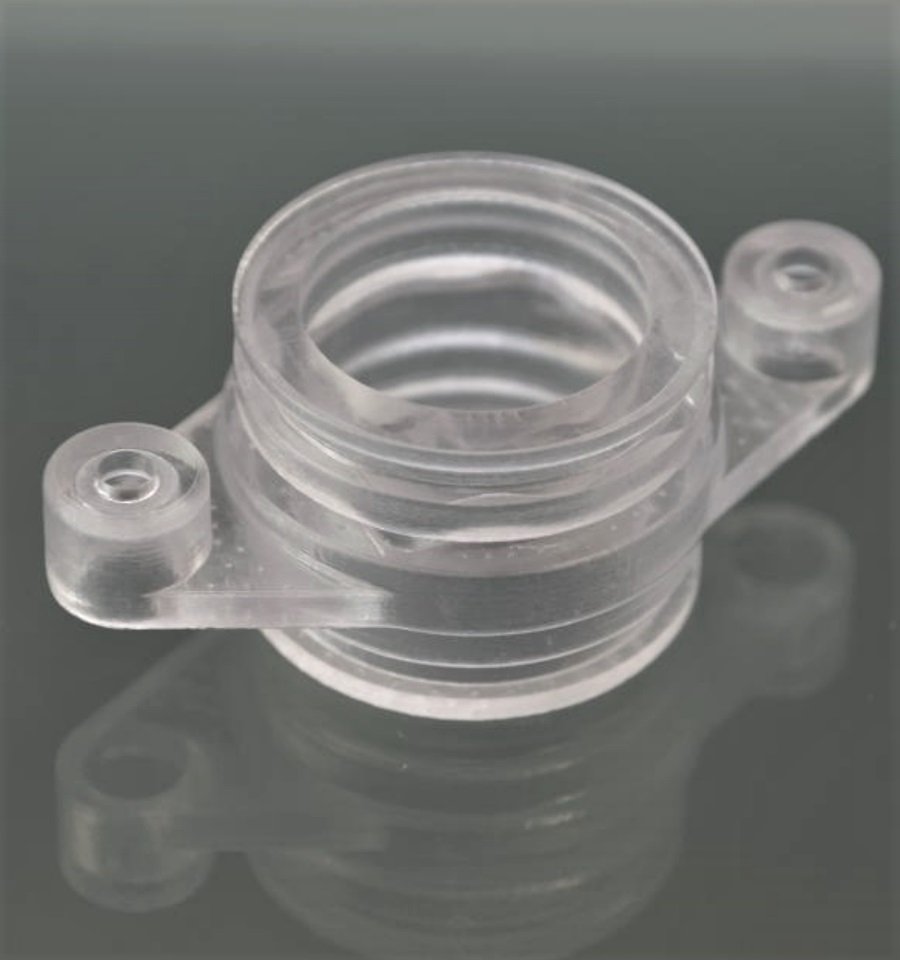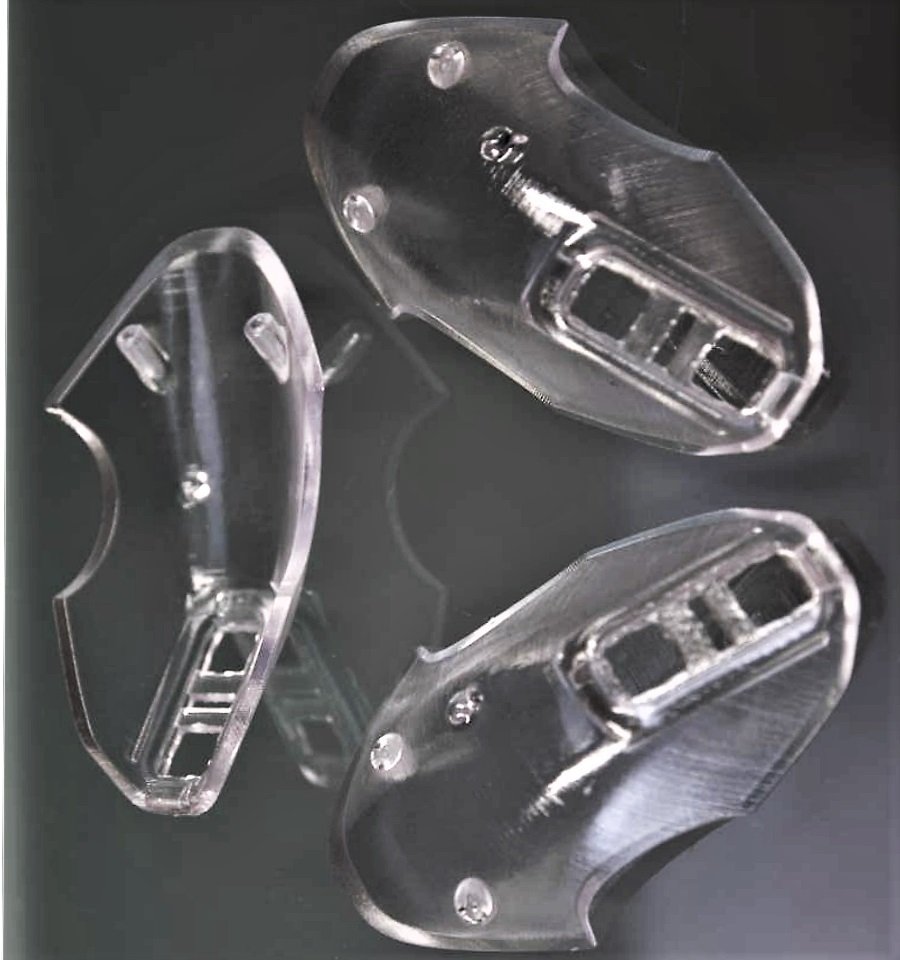Stereolithographic liquid resins
3d Prototypes from Stereolithography
Rigid stereolithography resins for 3D prototyping, both transparent and opaque, are characterized by high construction detail, rigidity, and finishability to achieve remarkable aesthetic impacts. They are perfect for use in creating aesthetic demo objects that do not have major mechanical stresses. As a small cons we point out that the high stiffness can lead to fractures in case of overstressing.
The material is processed by an ultraviolet laser, which goes to reinforce it and forms the object. Specifically, 3D stereolithography has a very refined layer tickness that enables the construction of high-detail models. It can construct rigid parts, both opaque and transparent, and equipped with important mechanical characteristic (especially if ceramic-enriched material is adopted).
Stereolithography resins are materials designed to reproduce really high detail, which is why they are characterized by a high structural rigidity that results in a certain fragility especially in reference to minute structures. They are usually transparent or translucent (although there are opaque or ceramic camirca resins). This detail makes them perfect for reproducing prototypes intended for inspection, window compartments and other lenticular objects. It is good to keep in mind that the layering present on surfaces due to digital printing can partially alter transparency (transparency will be excellent if the faces of the object are flat, not particularly sculpted, or even better if polishable. In case of “technical” sculpted surfaces the transparency will be more indicative allowing one to recognize shapes or colors but not the details). The material has a glassy resin consistency, easy to finish, with very smooth surfaces.
-
High dimensional compliance making it the most suitable technique for making templates and gauges in general;
-
The working range is 400x400x400mm (larger objects can be made by ginting rigid modules);
-
Layer Thickness is 25 microns;
-
Opaque materials are ivory in color, while transparent materials need polishing to have a lenticular appearance;
-
Grids
-
Caps
-
Knobs
-
Burners
-
Wok Supports
-
Tubs
-
Distributors
-
Shut-off valves
-
Control valves
-
Pump body
-
Carrier lantern
-
Mouthpieces
-
Valves
-
Shredders
-
Open Impellers
-
Closed Impellers
-
Single-channel impellers
-
Diffusers
-
Circulators
-
Supports
-
Engine shields
-
Inverter boxes
-
Carcasses
-
Finned masses
-
Streetlights
-
Racing Components
-
Aluminum frames
-
Engine cylinders
-
Motor heads
-
Brake calipers
-
Clutch Crankcase
-
Engine crankcase
-
Gearboxes
-
Frame elements
-
Forks


